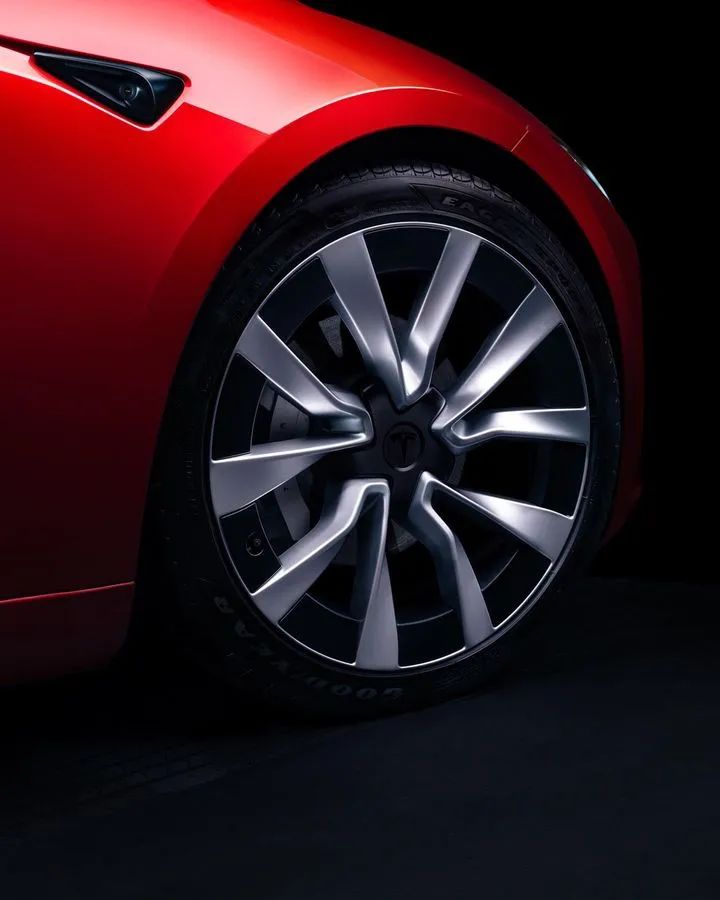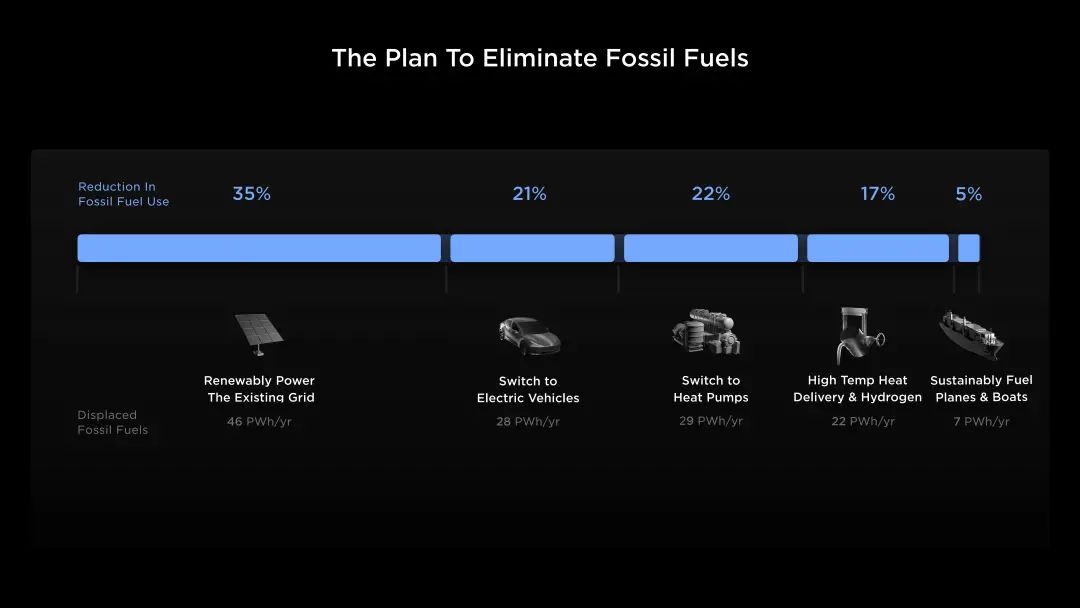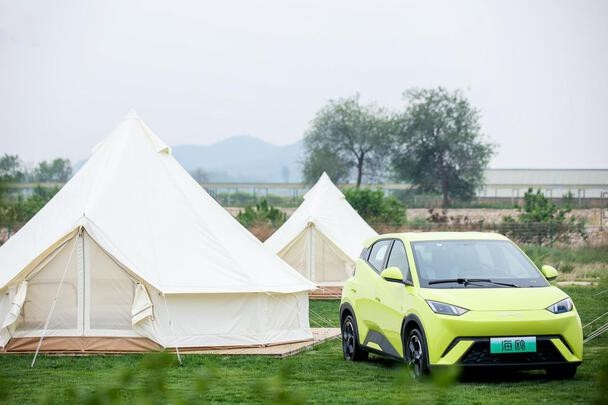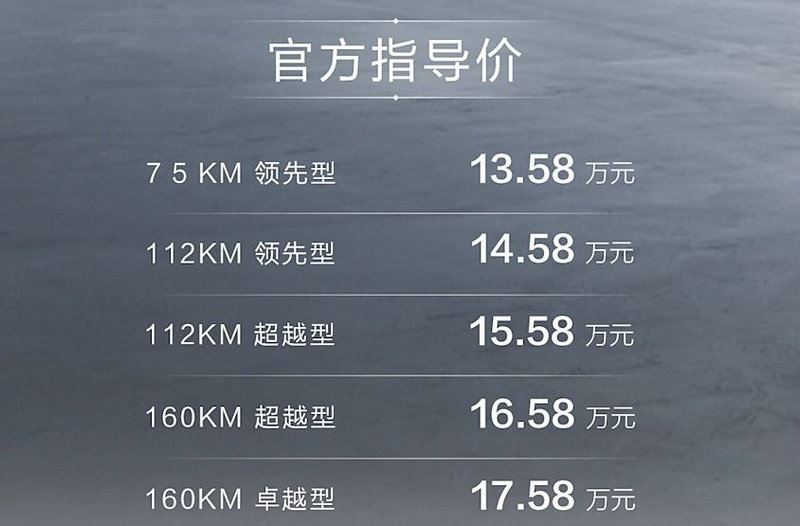Don’t panic when driving a Tesla in winter!
The temperature has dropped sharply in the past two days, and winter is about to begin. Traveling by car can protect car owners from the cold wind. However, most fuel vehicles and electric vehicles either cannot heat quickly or have a broken range. The steering wheel that freezes your hands, the iron-like seats, and the hot air that slowly blows out after waiting for dozens of minutes are simply the three tortures of traveling in winter. After finally getting on the road, we still have to worry about slippery roads on icy and snowy roads, or the battery life is reduced and the battery capacity is exhausted. Safe and comfortable travel in winter is still a luxury wish for many car owners. But this definitely does not include Tesla car owners, because a series of pain points of using cars in winter have been properly handled by Tesla's products.
Seeing how Tesla owners can travel carefree in winter, aren't you curious about how Tesla achieves this? This article will help you understand it!
Part 1: Even center of gravity and stable driving attitude
When it comes to driving in winter, experienced drivers are firstly afraid of snow and secondly, ice.
After it snows, the friction on the road is greatly reduced, only 1/4 of that on dry roads. Not to mention slipping, the car will also roll when going uphill, starting, or parking. If the vehicle speed is slightly faster, it will be difficult to stop the vehicle, which can easily lead to a rear-end collision.
If the center of gravity of the front and rear of the vehicle is uneven, traveling in winter will be even worse. Like the common Volkswagen Magotan, low-end Audi A4 and other fuel vehicles, due to the large engine mass and being placed in the front cabin, the vehicle will be "top-heavy" and the center of gravity of the vehicle will be uneven at the front and rear. You must be extremely careful when encountering snow. It’s even more worrying when the road is icy.
How can the vehicle's front and rear center of gravity be evened? Taking the Tesla Model Y rear-wheel drive version as an example, the front and rear weight distribution ratio of the vehicle is close to 50/50. The same weight load at the front and rear allows all four wheels to maintain high grip. This improves stability when driving a Tesla on slippery and thin ice roads in winter.
A friend has said that there are also models with 50/50 front and rear weight distribution for fuel vehicles, such as BMW. They should be more stable than other models when driving on ice and snow, right?
Theoretically, this is the case. A 50/50 weight distribution fuel vehicle, such as the BMW 3 Series, mainly places the engine behind the front axle, the battery under the trunk and uses rear-wheel drive, thereby balancing the front and rear weight of the vehicle. It is relatively even, but this layout overall presents the form of "heavy at both ends and light in the middle", more like a "barbell".
A car with a "barbell" layout has greater inertia when turning on slippery roads in winter, making it easier to lose control.
Tesla's 50/50 weight distribution ratio is different from that of fuel vehicles. Tesla's batteries are laid flat on the chassis. There are almost only two motors at the front and rear of the car. The weight of a single motor is lighter than the battery pack in the middle. Therefore, this layout method creates a "heavy in the middle and light at both ends" layout of the entire vehicle. .
Compared with BMW's 50/50 layout, this layout is lighter at the front and rear, and the center of gravity of the body is concentrated in the middle of the chassis, making it less likely to push the head or tail when turning. When the road turns, the risk of losing control of the vehicle is much smaller.
In addition, electrical components are naturally lighter and installed lower than traditional fuel vehicles, so Tesla's vertical center of gravity is also lower than that of fuel vehicles, and the roll when turning is smaller.

Compared with similar electric vehicles, although they all adopt an electrified structure, Tesla's vertical center of gravity is more stable, as you can tell by looking at the chassis height!
The ground clearance data of the new version of Tesla Model 3 is 138mm. Most of the same models of other brands in the same level are higher. For example, the ground clearance of NIO ET5 is 165mm. The smaller the data, the lower the chassis, the lower the center of gravity, and the more stable the vehicle's driving posture.
Part 2: Traction control to reduce slipping and prevent loss of control
In this high-end game, the focus of balance is only basic operations, and the traction control system is Tesla's high technology.
Vehicle traction is the power that drives the vehicle to move.
Strong traction means strong power, but too much traction may cause the vehicle to spin or even lose control.
The driving wheels of some fuel vehicles spin in the snow in winter, often because the traction is not well controlled.
Tesla's traction control system can continuously monitor the speed of the front and rear wheels to prevent the vehicle from spinning when starting and accelerating.
Everyone has traction control, is Tesla special?
On the one hand, compared with traditional fuel vehicles, Tesla's traction control system adjusts once every 10 milliseconds at the fastest, which is 200-300 times faster than that of fuel vehicles. In the blink of an eye, Tesla can make about 30 dynamic adjustments, which far exceeds the efficiency of traditional fuel vehicle traction control systems in the same period of time. Whether you are a novice or an experienced driver, driving Model Y can easily start and accelerate smoothly on snow. On the other hand, Tesla took the lead in shortening the working time of traction control to 10ms. Later, individual domestic manufacturers followed up on this technology. It can be said that Tesla is also a leader in this technology.

There are also certain scenarios where Model Y needs the wheels to spin deliberately. For example, when the vehicle encounters complex road conditions such as mud, snow, ice, etc., the driver can turn off the traction control system through the "Escape Start" function to cause the wheels to spin and quickly escape from the situation.
The "Off-Road Assist" function of the Model Y four-wheel drive version is the second traction guarantee in addition to "Escape Start".
Off-road assist can optimize traction and provide gentler torque. When encountering steep road sections, you can drive slowly and safely at low speeds.
In short, the more optimized weight ratio and powerful traction control system can make drivers confident in driving Tesla in winter and ensure the safety of drivers and passengers.
Part 3: High-definition camera and air filtration system, no need to worry about rain, snow and haze
In winter, not only is the temperature low, but the weather conditions are even more complex and changeable. Rain, snow, smog and haze are the four heavenly forces that take turns, causing air pollution in mild cases and making it difficult to see the road conditions with the naked eye in severe cases.
In order to deal with this situation, Tesla adopts a pure visual solution. The entire vehicle is equipped with 8 high-definition cameras with anti-glare coating technology. With the blessing of Tesla’s unique self-developed chips and visual neural network algorithm advantages , the vehicle can help the owner clearly see the road conditions up to 250 meters away in snowy and foggy weather, and can also detect surrounding road and vehicle conditions at 360°, predict in advance and help the owner avoid danger.
Other car companies on the market use fusion solutions, equipped with lidar or millimeter wave radar combined with cameras for joint detection. Simply put, lidar has high sensing accuracy and wide detection angle, and millimeter-wave radar has fast measurement speed and strong displacement capability. However, lidar is expensive and millimeter-wave radar has weak target classification capabilities. In addition, other brands of vehicle cameras cannot Like Tesla, the visual neural network algorithm is trained based on real driving data, so it is far less mature than Tesla's visual neural network algorithm, making the radar + camera solution design inferior to Tesla's visual solution in rainy and snowy weather. Stable and efficient.
Therefore, it is not that the visual solution has an advantage, but that Tesla’s visual solution has an advantage.
A video posted by overseas blogger Whole Mars Catalog shows him driving a Tesla on a winding country road in a foggy day. When visibility is low, the FSD (Full Self-Drive) function can still accurately control the vehicle to drive on a solid line at a speed of approximately 40km/h. Subsequently, the system sensed that there was an oncoming vehicle approaching in the lane next to it, so it automatically slowed down. After the oncoming vehicle passed and there were no cars on the right side, the system increased the speed again to about 48km/h without any driver intervention.


In China, some netizens said that in heavy fog with visibility of about 100 meters, Tesla's Autopilot (automatic assisted driving) function can still clearly identify surrounding vehicles and lanes, and the vehicle can handle abnormal situations better. cautious.
In addition, in haze days, what poses a threat to drivers is not only the problem of low visibility, but also the problem of particulate matter pollution caused by haze.
When driving or parking a vehicle in hazy weather, the cabin will be more or less invaded by small particle pollutants. At this time, if Tesla's "bioweapon defense mode" is turned on, the HEPA filter in the car will start to work, blocking 99.97% of particulate matter from the car, not to mention bacteria, pollen, mold spores and viruses. It may be more intuitive to compare with data. Volvo's clear zone air filtration system, which is known for its safety, has a filtration rate of 95%, and Tesla has improved on this basis.
Not only that, Tesla has also added a second layer of protection on top of the HEPA filter: an activated carbon layer. It can absorb some organic compounds and toxic gases, such as formaldehyde, benzene, sulfur dioxide, etc., and clean up all kinds of odors and exhaust gases, ensuring that you can breathe fresh air in hazy days.

In addition to filtering pollutants, Tesla's air filtration system can also create a positive pressure zone in the driving cabin. Once the air pressure inside the car is greater than the air pressure outside the car, pollutants will not easily enter the cabin again.
The industry-leading visual system, coupled with high-efficiency air filters, is undoubtedly double insurance for car owners driving Tesla in rain, snow, and haze.
Part 4: Warm up in advance and get warm as soon as you enter the car
If drivers are worried about slipping and braking when using a car in winter, then passengers are undoubtedly worried about temperature the most when riding in a car.
"It took a lot of effort to move from the outdoors at more than ten degrees below zero to the car, and then continue to shiver in the cabin at several degrees below zero. Who knows?!"
Slow startup and poor battery life of electric vehicles in winter are problems that electric vehicle companies must solve.
Currently, most mid- to low-end electric vehicles use PTC (Positive Temperature Coefficient) thermistor technology. PTC converts the vehicle's electrical energy into heat energy to provide warm air for the passenger compartment, but it will cause a large consumption of electrical energy and reduce the range of the electric vehicle. This is also the real reason why electric car owners dare not turn on the air conditioner in winter.

Considering the shortcomings of PTC that cannot be ignored, some car companies represented by Tesla have turned to heat pump technology. The working principle of a heat pump is to extract low-temperature heat from the environment and output high-temperature heat energy after heating. Compared with PTC, heat pump technology has much higher heat utilization efficiency and environmental protection. Models such as BMW i3 and Audi e-tron use heat pump technology.
However, heat pump technology also has its own shortcomings: when the temperature is below minus 10°C, the efficiency of obtaining heat from the outside is significantly reduced. Northeast my country and other regions have long and cold winters, and the range of electric vehicles may be greatly reduced at this time.
To solve this problem, Tesla developed an eight-way valve based on heat pump technology. The eight-way valve connects 9 pipes, and the flow path of the coolant in each pipe can be controlled by the eight-way valve. When the outside temperature is too low, the system will plan a path through intelligent calculation and direct the heat pump to absorb heat from components that generate more heat, such as motors, electronic controls, and battery packs, and transport it to the passenger compartment. In other words, Tesla's heat pump technology is smarter and more efficient than other on-board heat pump technologies.
Tesla's first eight-way valve allows the entire vehicle to "produce and sell its own heat", which can be said to be the ceiling of electric vehicle thermal management. The upgraded Tesla heat pump air conditioning technology can meet the heating needs of different scenarios while ensuring battery life in winter. Car owners remotely preheat seats, steering wheels, and air conditioners in winter thanks to the eight-way valve.

Part 5: Heating the battery to ensure stable battery life in winter
A small eight-way valve brings more than a few benefits: keeping the cabin warm, reducing energy consumption in winter, reducing charging time, remote preheating by App... Of course, more importantly, it can improve battery life .
As the temperature drops in winter, the activity of power batteries decreases, affecting the range of electric vehicles. Tesla relies on the design of "eight-way valve + intelligent algorithm" to use the waste heat generated by the outside air and battery motors for air conditioning and battery heating, thereby increasing battery activity and extending battery life.
At the same time, in order to prevent the battery from completely emptying the battery, affecting battery life and thus reducing battery life, Tesla relies on its self-developed battery management system to uniformly manage battery discharge, retain part of the power during each discharge process, and slow down battery degradation. Guaranteed battery life.
Coupled with the silicon carbide power module first used in Tesla's electronic control, the high energy density of the cylindrical battery itself, and the lightweight design of the body, Tesla's winter endurance can still maintain a high level.
The temperature has dropped frequently in recent days. How is the battery life of Model Y in winter? According to actual measurements, a car owner drove a Model Y with an official standard cruising range of 525km and traveled 397 kilometers in Dalian at minus 13°C with roaring sea winds. Some users also said that Model Y can still travel 309km in Hulunbuir, where the temperature is even lower than minus 22° to minus 26°.


In addition, during the DongCheDi 2022 winter test, Tesla Model Y used snow tires throughout the entire journey in an environment of minus 10° to minus 15°, and finally achieved a range of 319 kilometers. Although other electric vehicles such as Jikrypton 001, Xpeng G9, and NIO ET5 have achieved similar results, the battery energies of these three models are 100kWh, 98kWh, and 100kWh respectively, while the battery capacity of the Tesla Model Y under test is only 78.4kWh. In other words, Tesla uses lower battery capacity to achieve longer cruising range and higher electrical efficiency!

Achievements cannot be said, sales volume is the best proof. According to statistics from elbilstatistikk, a Norwegian electric vehicle data statistics website, as of September 5, 2023, Tesla Model Y continues to dominate the best-selling electric vehicles in Norway.


Tesla, blessed with many black technologies, vows to lead car owners through a warm winter! Abroad, a blogger drove Model Y into the Arctic Circle. In China, Tesla can be seen everywhere, whether in the freezing Northeast or in remote areas with huge temperature differences between day and night. Car owners around the world have used their purchasing power and mileage to prove who is the best "winter artifact"!
The above is the full content of Don’t panic when driving a Tesla in winter!









